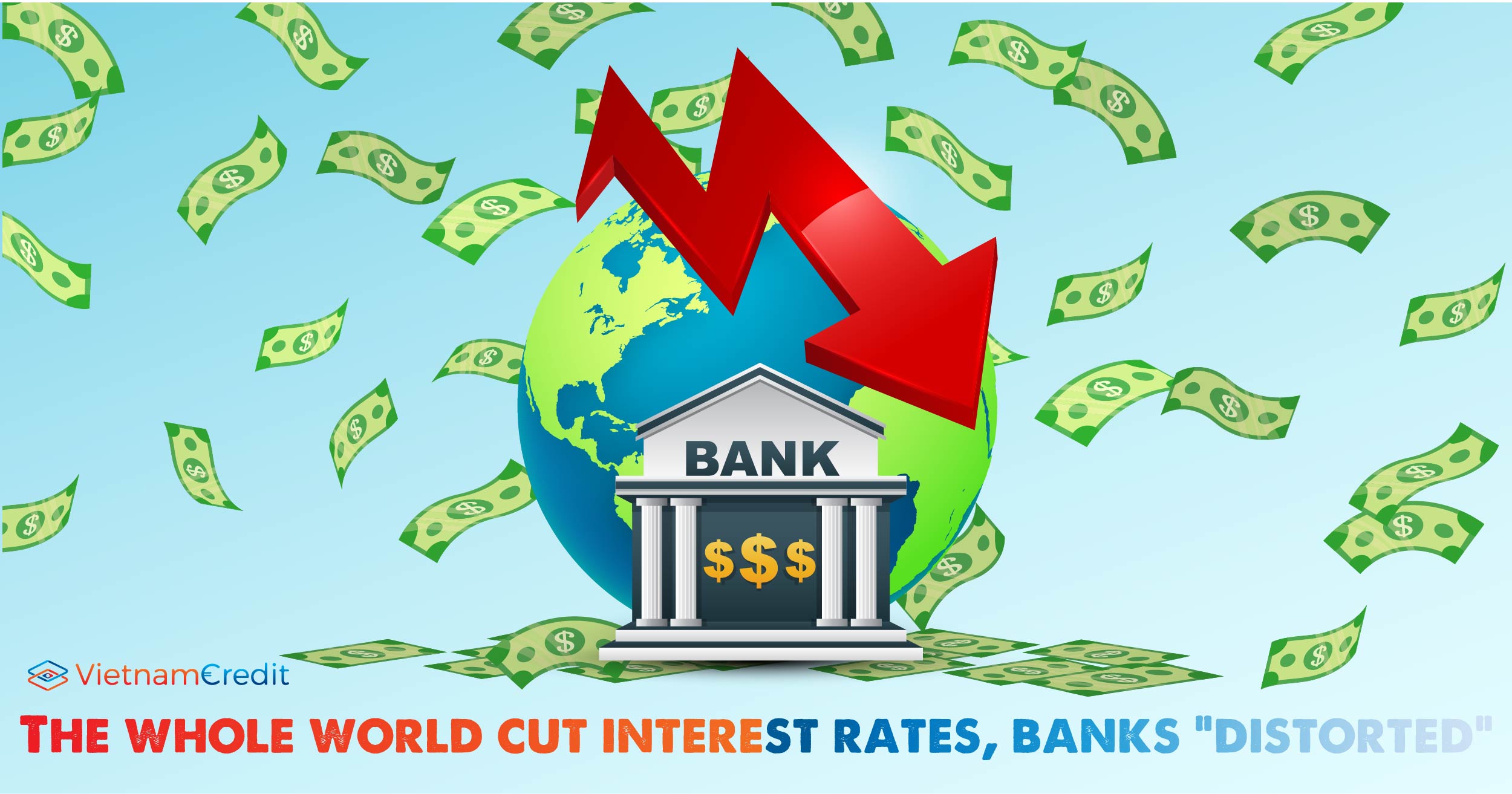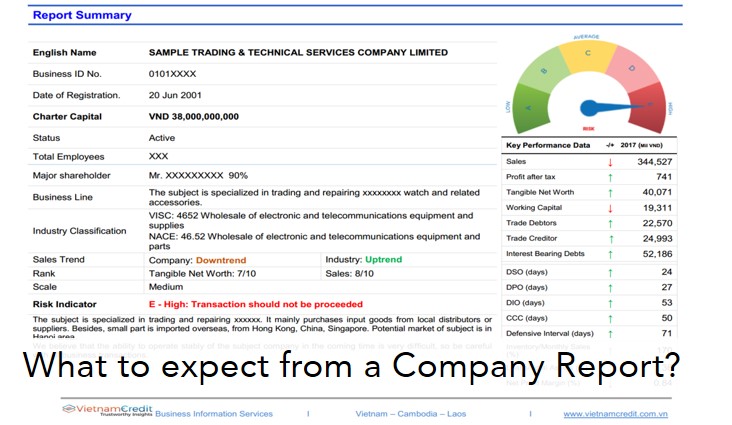An abnormal increase in monetary policy could lead to unpredictable reactions
The gloomy economic potential and the escalating political pressure at the moment is worrying central banks with abnormal and more aggressive monetary policies. Many people are concerning that these policies, especially the negative interest rate policy, will threaten the balance of the financial system. Particularly, the negative interest rate policy can lead to dangerous reactions to the credit market and the real economy.
Similar to the experience from Japan and Europe, the aforementioned process usually leads to a dead-end: low growth, low inflation, reduce in the product, unemployment, lack of job opportunities – together with the unstable financial situation, especially with the volatile assets price. All of these factors force the central banks to reduce their interest rates to below 0 to stimulate loaning, promote consuming and investment, thus, creating a self-sustaining growth cycle.
However, usually, the negative interest rates don’t completely reflect the actual loan and lending rates. Statutorily, banks must ensure to maintain the basic deposit of the customer. Due to their worries of losing customers, banks tend to hesitate when they have to reduce the mobilization interest rates deeply. In Europe, until now, only major companies can deal with negative interest rates.
When the interest margins and profits decrease, banks increase fees or look for other profitable methods to increase income. This makes the actual lending value higher, which is against the focus of the negative interest rate policy.
When there is an economic crisis, policy-makers try to improve the situation by continuing to cut the interest rates. The Governmental bond interest rates decrease to the negative level, the interest rates curve runs across or even reverses. The profits of banks that own large government debt will plummet.
The decrease in profit affects the share prices of banks and increases the worries about the future of dividend, debt re-purchasing, and payback. Weaker banks will have problems in capital mobilization. Consequently, the borrowing costs of all banks will increase.
This situation makes the available credit decrease, causing a reduction in consumption and investment. Even if the bank pays dividends to investors, the situation will not prosper as this move will cause concerns about a sharp decline in dividends. Instead of stimulating the economy, negative interest rates will make the unstable situation increases in the future, and household spending will also decrease due to the concerns regarding savings after retirement and other issues.
Slow growth also increases bad debts, negatively affecting the banks’ profits, reducing the lending activities, and increasing the loaning costs, thus raising the credit margins of the borrowers.
The negative interest rates also eliminate many incentives from banks. Facing the situation of the decreasing profits, banks will prolong the lifespan of “walking-dead” companies to pay for debts when the interest rates are too low and banks are unable to repay the original money. However, this is not an effective use of capital as it reduces the potential growth capability and weakens the economy in the long run.
Banks facing difficulties tend to have little needs of purchasing the governmental bond, thus limiting the ability of the nation to fund its activities. In the worst case, when banks need assistance to help deal with their debts, governments, already in debt, will have to borrow to refinance banks or secure customer deposits. Increasing debt levels and increasing repayment obligations prevent the nation from escaping the low or negative interest rates.
Initially, the negative impacts of the aforementioned developments are diverse, based on the ability to earn profits of domestic banks, as well as the interest rate margin and their loaning categories. European and Japanese banks with a low margin of profit and high bad debt are vulnerable. In the end, troubles will spread. American banks have started to decrease earnings prediction due to low-interest rates.
There are two basic trading channels with the negative interest rates between nations. In Europe and Japan, banks with negative interest rates tend to actively habilitate and reduce other profitability. Besides, the relative rise in interest rates often pushes up the price of currencies, causing countries to adjust operations to cut interest rates to maintain competitiveness.
However, there are still a few other options. For example, Germany is currently reviewing whether to stop charging retail customers when sending money to banks. Besides, creating special security assets or savings accounts are also effective measures to ensure positive interest rates, and limit negative interest rates.
Another option is that central banks lend directly or through banks (such as the European Central Bank's long-term refinancing institution) with preferential interest rates. However, there may not be much demand for loans, so the effectiveness of these measures is only moderate.
In fact, the world has not learned a lesson since 2008: the economic model depends on consumption and investment due to unsustainable loans. Low-interest rates do not work, but only weaken the financial system and the economy. Therefore, lowering interest rates is not a mechanism to maintain the level of excess debt in the long term.
A farmer once advised a lost tourist: "If I want to go there, I won’t start from here." Policymakers missed the opportunity to make fundamental changes when the crisis first began. So it is no surprise that they are wandering aimlessly.
Source: Tri Thuc Tre - Translated by Kit - Vietnam Credit























































